Disclosure: This article contains affiliate links. We may earn a commission from purchases at no extra cost to you, which helps our travel content.
You've probably heard of Mitchell's Corn Palace—that quirky agricultural shrine covered in corn murals that makes it onto those 'America's oddest attractions' lists. But after three decades developing commercial spaces in Buffalo's revival, I've learned that every small city has more depth than its roadside attractions suggest. Mitchell is no exception. This modest South Dakota town of 15,000 sits at the intersection of agricultural heritage, pioneer history, and surprising cultural offerings that won't break your family's travel budget.
The Corn Palace: Start Here, But Don't End Here
Let's address the elephant—or rather, the corn cob—in the room. The Mitchell Corn Palace is legitimately worth your time. Dating back to 1892, this agricultural showcase gets a complete exterior redesign annually using 12 different colors of corn and grains. The murals aren't just decorative; they tell stories of regional history and culture.
What most visitors miss is the building's interior and its significance to local economic development. The 3,000-seat venue hosts everything from basketball tournaments to polka festivals. It's a textbook example of how a tourist attraction can double as functional community infrastructure. I've seen similar approaches work in former manufacturing cities throughout the Rust Belt.
The free guided tours provide context that self-guided wandering misses. If you're visiting with kids, grab one of the activity booklets at the information desk—they contain corn-themed puzzles that will keep young ones engaged while you appreciate the architectural details.

💡 Pro Tips
- Visit on weekday mornings to avoid tour buses
- Check their events calendar—catching a local basketball game or concert adds authentic dimension to your visit
- The gift shop prices are surprisingly reasonable for a tourist attraction
Dakota Discovery Museum: The Region's Untold Stories
A fifteen-minute walk from the Corn Palace sits the Dakota Discovery Museum on the campus of Dakota Wesleyan University. This unassuming building houses one of the most comprehensive collections of Plains Indian artifacts and pioneer memorabilia I've encountered outside major metropolitan museums.
What makes this place special isn't just the collection—it's the honest portrayal of settlement history. Unlike many regional museums that gloss over conflicts between Native Americans and European settlers, the exhibits here present multiple perspectives. The Lakota and Dakota cultural displays are particularly well-curated.
For families with elementary-aged children, the hands-on pioneer life exhibits are educational gold. Kids can try on period clothing, practice writing with quill pens, and get a tactile sense of daily life in the 1880s. My friend's grandchildren spent two hours here without a single 'I'm bored' complaint—the ultimate endorsement.
Bring a pocket magnifier to examine the intricate beadwork on the Native American garments. The craftsmanship is extraordinary, and the museum lighting, while protective, doesn't always highlight these details.
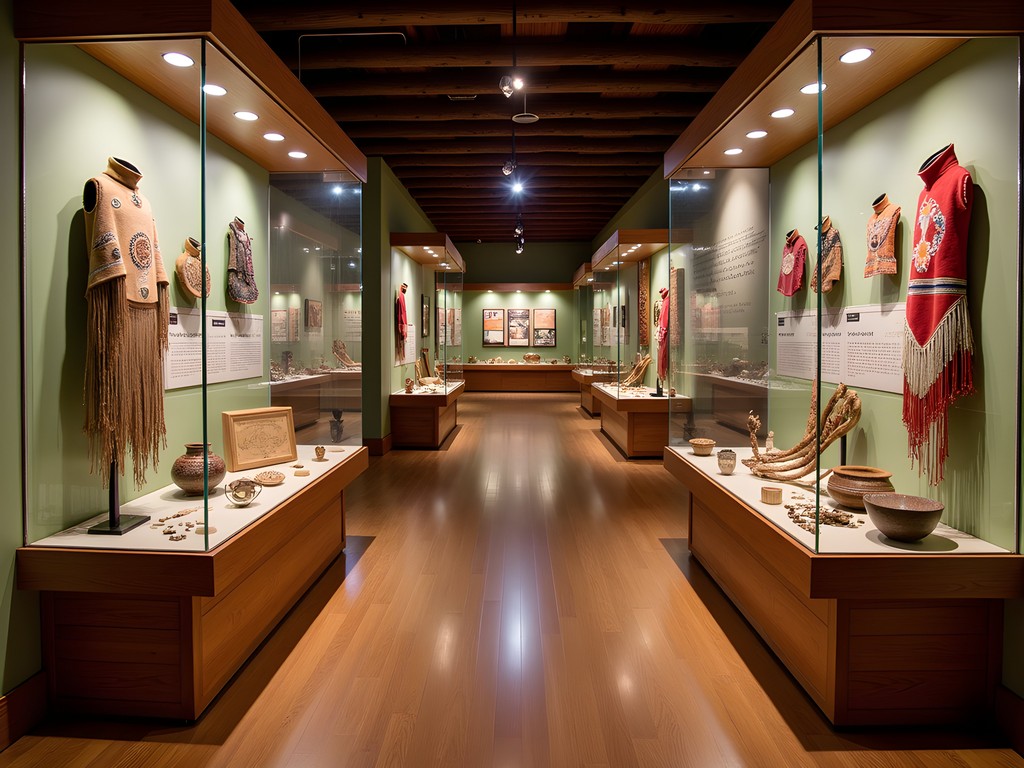
💡 Pro Tips
- The museum offers family rates that save about 25% over individual admissions
- Ask about the scavenger hunt worksheets for kids
- The small research library is available by appointment for genealogy enthusiasts
Mitchell's Historic Downtown Walking Tour
Downtown Mitchell exemplifies the classic American Main Street that developers like me have spent decades trying to revitalize in rust belt cities. The six-block commercial district features late 19th and early 20th century buildings that have largely maintained their architectural integrity.
I recommend starting at the Carnegie Resource Center (119 W 3rd Ave), housed in a 1903 Carnegie Library. Pick up the self-guided walking tour brochure, which highlights 30 historic structures. The volunteer staff often share stories you won't find in official literature.
The Whittier Building at 2nd and Main deserves special attention. Built in 1903, this Richardson Romanesque structure demonstrates the economic optimism of early Mitchell. The first-floor businesses reflect the town's evolving economy—from hardware stores serving farmers to boutiques catering to tourists.
For this walk, comfortable footwear is essential. My walking shoes have carried me through downtown explorations from Krakow to Kuala Lumpur, and they served me equally well on Mitchell's sidewalks.
End your tour at Coborn's grocery store on North Main. It occupies a repurposed JCPenney building and represents an important lesson in adaptive reuse. While not historically glamorous, it shows how communities can maintain downtown vitality when retail patterns shift.
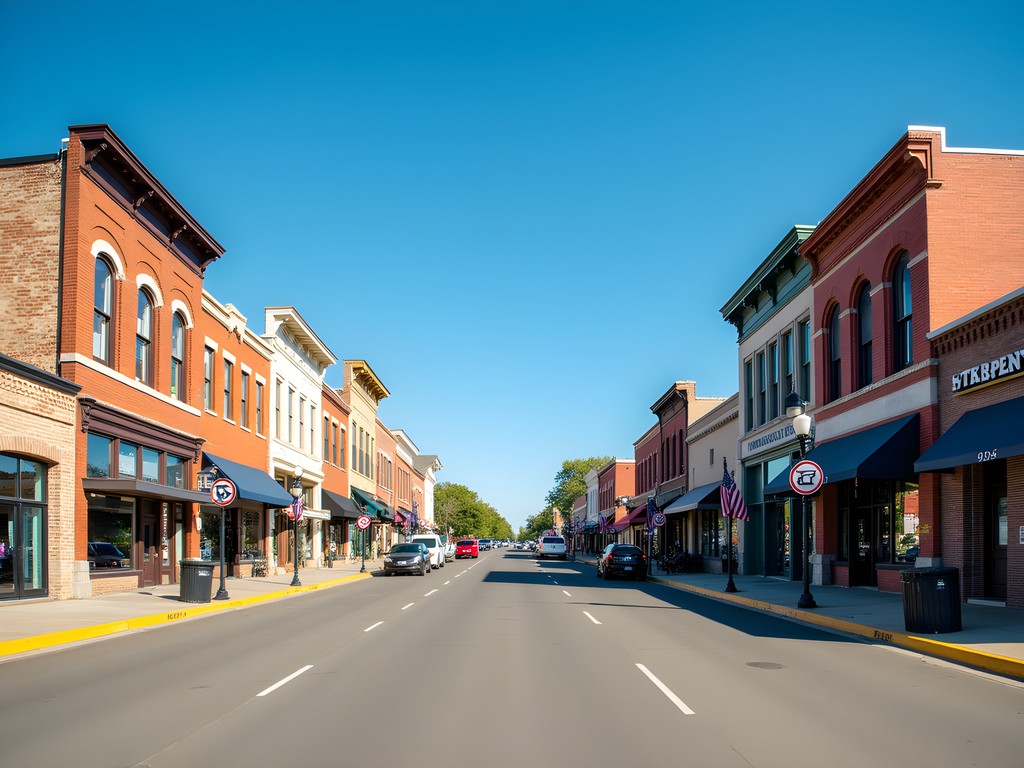
💡 Pro Tips
- The walking tour takes about 90 minutes at a leisurely pace
- Many buildings have QR codes linking to additional historical information
- Several downtown cafes offer reasonable lunch specials under $10
Prehistoric Indian Village: Archaeology in Action
Four miles north of downtown sits one of Mitchell's most underappreciated attractions: the Mitchell Prehistoric Indian Village. This archaeological site preserves a 1,000-year-old Native American settlement where ancestors of the Mandan people once farmed and built earth lodges.
What distinguishes this site is the active archaeology. The Thomsen Center Archeodome covers an ongoing excavation where visitors can watch archaeologists at work during summer months. It's essentially a climate-controlled building constructed over an active dig site—a concept I've only seen at a handful of locations worldwide.
The adjacent museum contextualizes findings with exhibits on native agriculture, tools, and daily life. For children, the hands-on activities make abstract history tangible: they can grind corn with stone tools, examine replica artifacts, and participate in simulated digs.
If you're visiting with school-aged children, consider purchasing a kid's archaeology kit before your trip. Having some familiarity with basic archaeological concepts enhances their appreciation of the site.
The reconstructed earth lodge provides a visceral understanding of pre-European housing that textbooks simply can't convey. At 6' tall, I had to duck to enter—a physical reminder of how anthropometric differences influence architectural design across cultures.
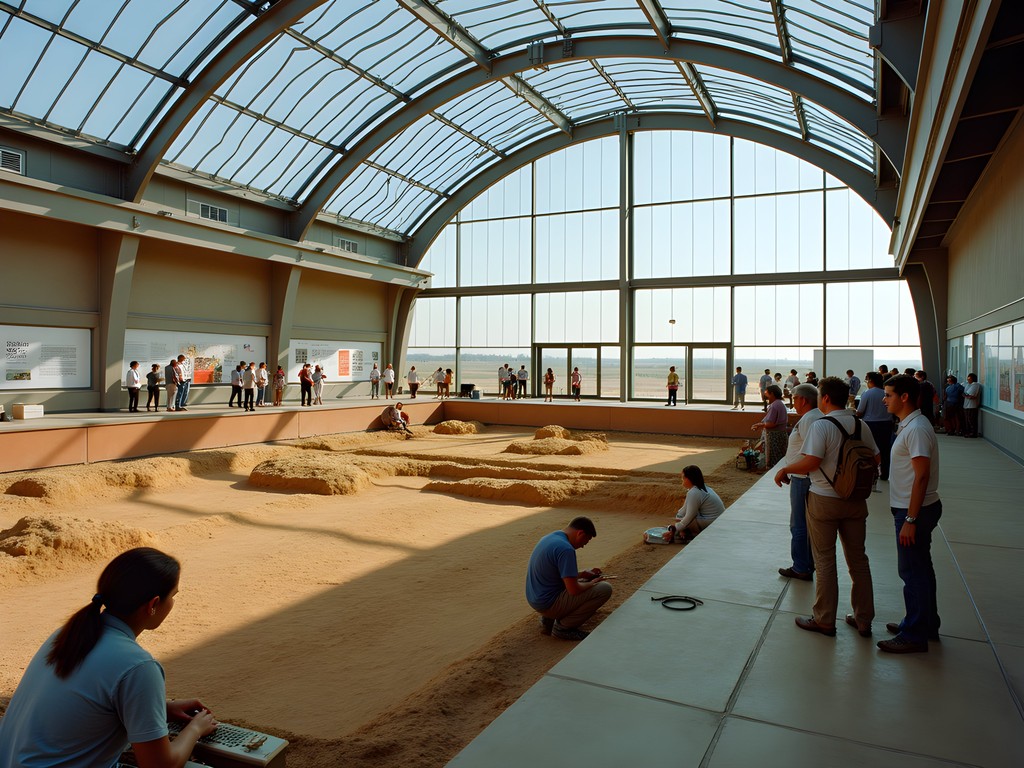
💡 Pro Tips
- Call ahead to confirm if archaeologists are working during your visit dates
- The site is partially accessible for those with mobility challenges, but some paths are unpaved
- Allow at least 2 hours to properly experience both the museum and archaeological site
Lake Mitchell: Cultural Landscapes and Family Recreation
Urban planners recognize that natural features often shape a community's cultural development. Lake Mitchell, a 693-acre reservoir created in the 1920s, exemplifies this principle. Beyond recreation, it reveals how Mitchell residents have interacted with their environment over generations.
The 12-mile hiking/biking trail circumnavigating the lake offers more than exercise—it's a journey through ecological and cultural zones. The eastern shore features stately homes reflecting prosperity from the agricultural economy. The western shore remains more natural, with wetlands supporting diverse wildlife.
For families, Hitchcock Park on the lake's north side offers playgrounds, picnic shelters, and a sandy beach. The rental fees for kayaks and paddleboats are remarkably reasonable—about $10/hour as of my last visit. Pack a dry bag to protect phones and cameras while exploring the lake's wetland areas.
Don't miss the stone shelter houses built by the Works Progress Administration during the 1930s. These structures represent a critical period when federal infrastructure projects sustained rural communities during the Depression—a historical pattern of economic development intervention that resonates with my professional background.
For dinner, the Lake House restaurant offers moderately priced meals with water views. The walleye sandwich ($13) features locally sourced fish and represents regional culinary traditions worth experiencing.

💡 Pro Tips
- Weekday mornings are best for wildlife viewing along the western shore
- The trail is mostly flat and suitable for all fitness levels
- Bring binoculars for birdwatching—over 200 species have been documented here
Final Thoughts
Mitchell demonstrates what I've observed in small cities worldwide: authentic cultural experiences often hide behind kitschy roadside attractions. The Corn Palace may draw you in, but Mitchell's layered history, active archaeology, and evolving downtown merit more than a quick stop.
For families on a budget, Mitchell offers exceptional value. Most attractions cost under $10 per person, and many are free. You could spend two full days exploring without exhausting the educational opportunities or exceeding a modest travel budget.
As someone who's studied urban development across continents, I find places like Mitchell fascinating precisely because they're overlooked. They reveal American cultural patterns without the polish and crowds of major destinations. Next time you're crossing South Dakota on I-90, set aside a weekend for Mitchell. The corn murals might get you to exit the highway, but the rich cultural tapestry will make you glad you stayed.
✨ Key Takeaways
- Mitchell offers far more cultural depth than its Corn Palace reputation suggests
- The town provides exceptional educational value for families on a budget
- The combination of Native American history, pioneer heritage, and agricultural tradition creates a uniquely American cultural experience
- Active archaeology at the Prehistoric Indian Village offers rare hands-on learning opportunities
📋 Practical Information
Best Time to Visit
June-August (when all attractions are fully operational)
Budget Estimate
$200-300 for a weekend family trip including accommodations
Recommended Duration
2-3 days
Difficulty Level
Easy
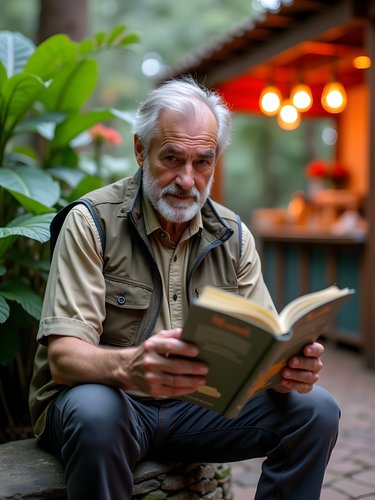
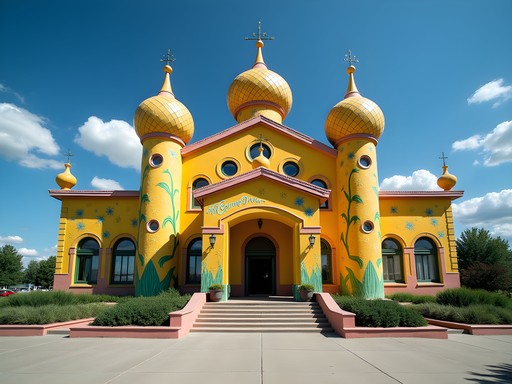
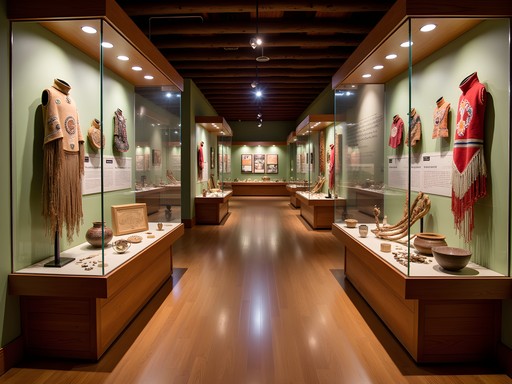
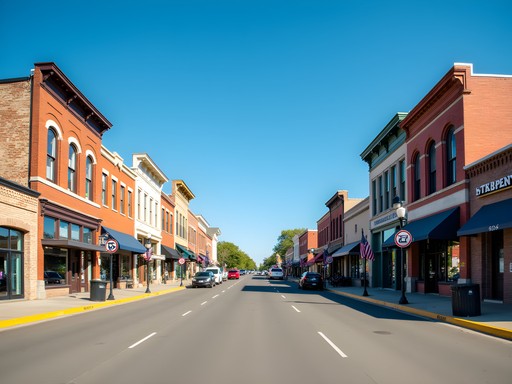
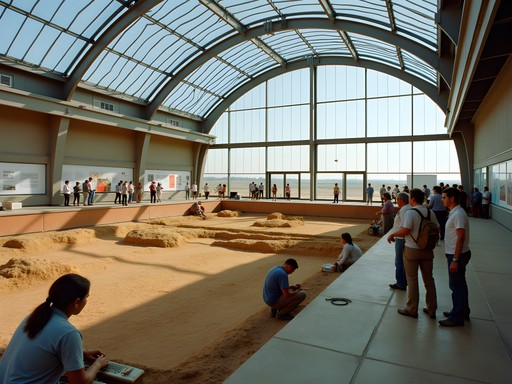
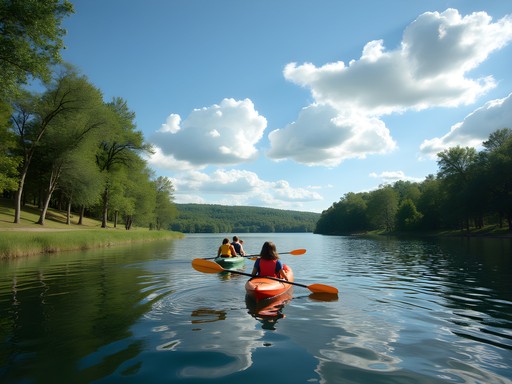



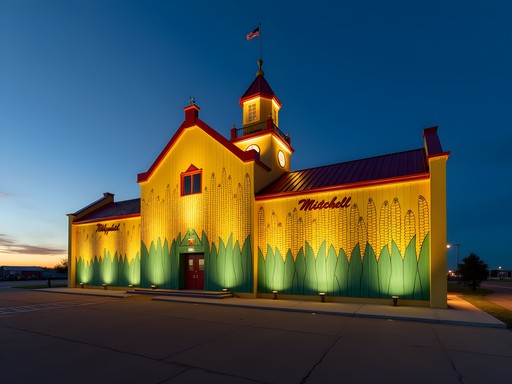

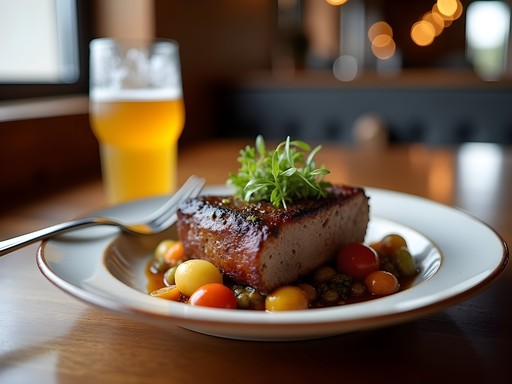




Comments
Sage Dixon
Mark, this is exactly the kind of local insight I love! After reading this, I actually made a detour to Mitchell last month during my Badlands trip. The Dakota Discovery Museum was incredible - those pioneer artifacts and Native American exhibits really tell a deeper story of the region. I spent hours there! The historic downtown walking tour was perfect for stretching my legs after the drive. I picked up a pocket guide before my trip which had a few extra historical tidbits about some of the buildings. One question though - did you get a chance to check out any local eateries worth recommending? Always looking for those non-chain spots when traveling through smaller towns.
beachqueen
Would love to know about food recommendations too! Planning a trip there this fall.
beachqueen
I've driven past Mitchell so many times and only ever stopped at the Corn Palace! Feeling like I missed out now 😅
Sage Dixon
Same here! I did the quick Corn Palace stop on a cross-country road trip years ago. Wish I'd known about that Prehistoric Indian Village - sounds fascinating!
beachqueen
Right? Planning to actually spend a day there next time I'm passing through instead of just the quick photo op!
Nicole Russell
Mark, this is exactly why I love following your blog! I did the typical Corn Palace photo op last summer during my cross-country drive but totally missed these hidden gems. The archaeological site sounds incredible - I had no idea there was a 1,000-year-old Native American village site there! Did you find the downtown walking tour to be self-guided friendly, or is it better with a local guide? I've found that smaller cities often have the most passionate local historians. I'm adding Mitchell to my 'revisit' list for sure! I've been using the road trip planner to map out these lesser-known cultural spots across the Midwest.
Mark King
Thanks Nicole! The walking tour works well self-guided (there are plaques with QR codes), but I'd recommend stopping by the visitor center first. They sometimes have volunteer guides available who are absolute fonts of local knowledge. The woman who showed me around had family going back four generations in Mitchell!
Nicole Russell
That's perfect, thanks for the tip! Those local connections make all the difference.
summerlegend
Never knew there was so much to see in Mitchell beyond that corn building! The prehistoric village sounds fascinating.
Nicole Russell
Right? I always thought Mitchell was just a quick stop for the Corn Palace too! Definitely adding the Dakota Discovery Museum to my cross-country road trip itinerary now.
summerlegend
Let me know how it is if you go! I'm planning a Midwest trip next spring.
Megan Martin
Mark, this is exactly the kind of hidden gem content I love! I took your advice and did the Historic Downtown Walking Tour last month. The architecture is surprisingly diverse for a small Midwestern city. I picked up a self-guided tour map at the Chamber of Commerce and spent about 3 hours exploring at my own pace. The Carnegie Library building was my favorite stop. For anyone planning a visit, I'd recommend bringing a good pair of walking shoes and a water bottle. I used my pocket guidebook which had some interesting additional historical tidbits about the buildings not mentioned in the official guide. The Dakota Discovery Museum was definitely worth the $8 admission - their Native American art collection is exceptional.
Frank Garcia
Having backpacked through 30+ US states, I've developed a particular interest in how smaller American cities present their cultural narratives. Mitchell represents an intriguing case study in heritage tourism development. While the Corn Palace functions as the initial draw (I admit I first stopped for the Instagram opportunity), the city has wisely invested in highlighting authentic historical assets. The Dakota Discovery Museum's exhibition on prairie settlement patterns offers a surprisingly nuanced perspective on westward expansion, acknowledging both pioneer hardships and indigenous displacement. What particularly impressed me was how the Prehistoric Indian Village archaeological site connects visitors to ongoing research rather than presenting history as static. This approach to living archaeology mirrors successful heritage sites I've documented in Scotland and Germany. For backpackers on tight schedules, Mitchell demonstrates why allocating time to smaller destinations between major cities yields more authentic experiences.
Mark King
Frank, you've articulated exactly what makes these smaller destinations so valuable! The contrast between initial tourist draw and deeper cultural experiences is something I've documented across dozens of similar cities. Mitchell does it particularly well.
vacationblogger6376
Just visited based on your recommendation and WOW! The Prehistoric Indian Village was fascinating. My kids were glued to the archaeology lab demonstration. They got to handle replica tools and learn how they were made. Great educational stop on our road trip!
Mark King
So glad you enjoyed it! Those hands-on demonstrations really make history come alive, especially for kids.
adventurebackpacker
Great post! Planning to visit Mitchell this winter. Will these attractions still be open or should I wait until spring?
Megan Martin
The Corn Palace and Dakota Discovery Museum are open year-round, though with reduced winter hours. The Prehistoric Indian Village archaeological site closes for winter excavations, but their museum stays open. Winter in Mitchell has its own charm - fewer tourists and the holiday lights downtown are lovely!
adventurebackpacker
Thanks for the info! Might bundle up and check it out in December then. Any restaurant recommendations?
hikingvibes
Not Megan, but I'd recommend Scoreboard Pub & Grille downtown. Great comfort food for those cold winter days!
hikingvibes
Finally someone writing about Mitchell beyond just the Corn Palace! I visited last summer and was genuinely surprised by how much there is to do. The Prehistoric Indian Village was my favorite - watching the archaeologists work in that glass-enclosed dig site was fascinating. The guide mentioned they've been excavating for decades and have only uncovered like 2% of the village. Mind-blowing stuff!
Megan Martin
The Prehistoric Indian Village is seriously underrated! Did you get to try any of the hands-on activities they offer during summer? My kids loved making their own corn husk dolls during our visit.
hikingvibes
No, I missed those! Definitely a reason to go back. The archaeologist did let me hold a 1,000-year-old pottery shard though (with gloves on). Pretty cool experience!
greendiver
YES!! Finally someone writing about Mitchell beyond just the Corn Palace! We stopped there on our cross-country trip expecting just a quick photo op at the corn building but ended up staying two full days. The Prehistoric Indian Village blew our minds - our kids got to help sift through dirt with actual archaeologists and found pottery fragments! The downtown architecture is gorgeous too. Such an underrated destination!
Venture X
Premium card with 2X miles, $300 travel credit, Priority Pass